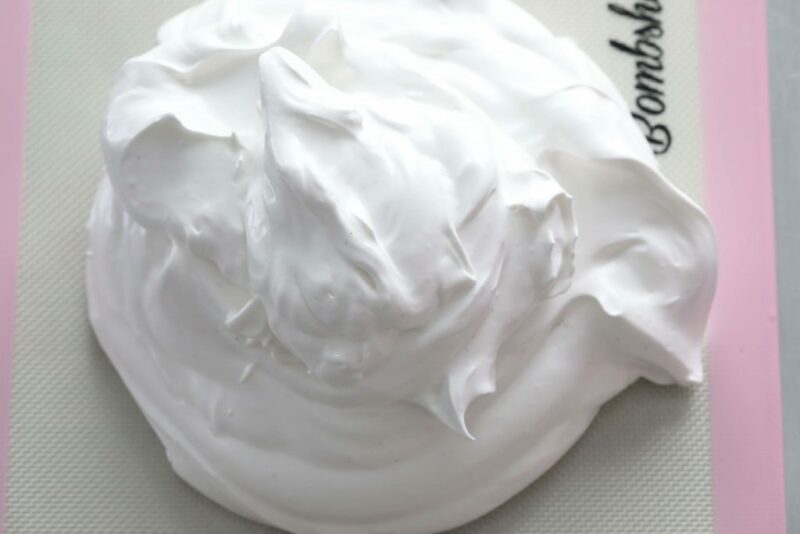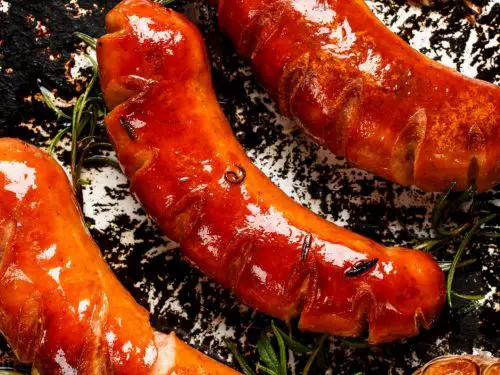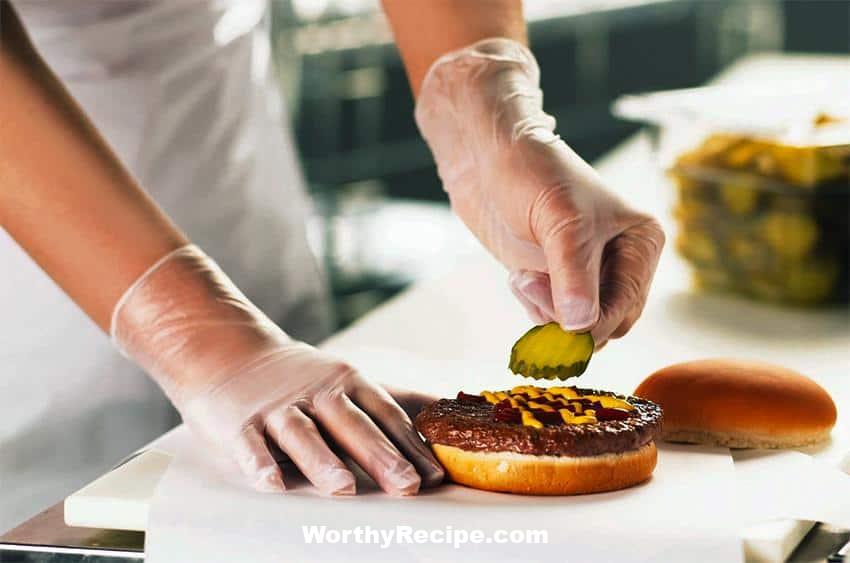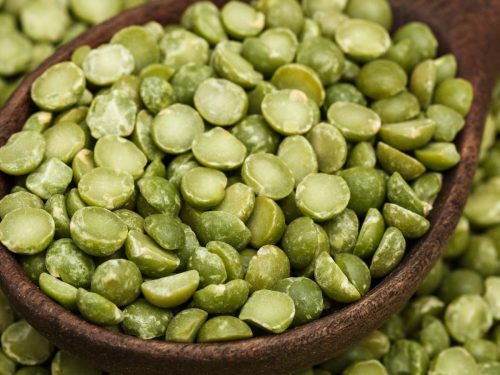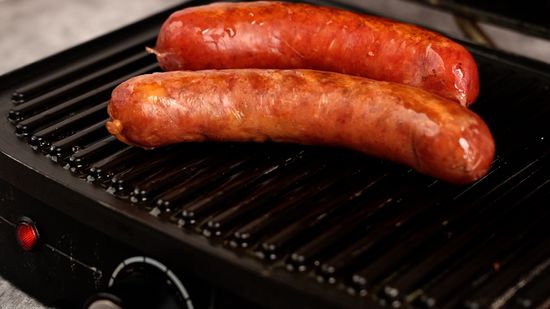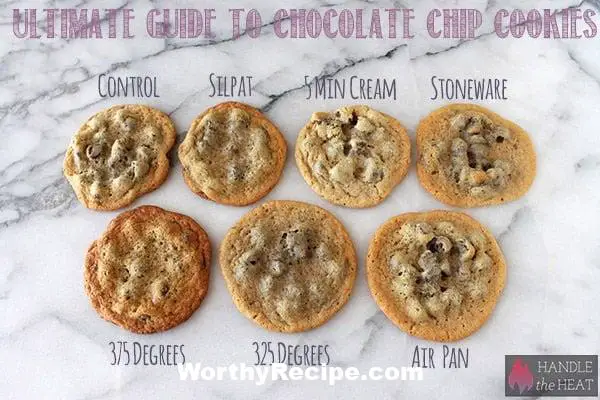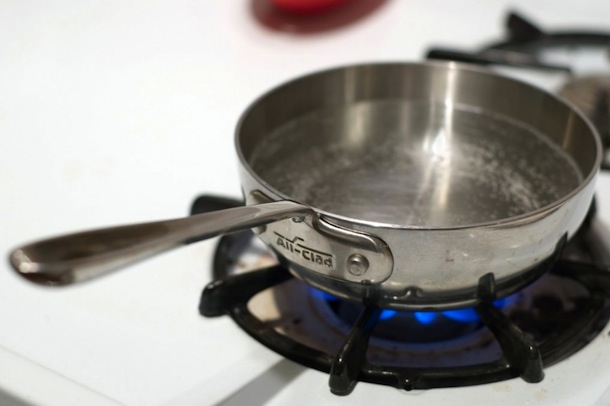How Do I Prevent My Pavlova from Sticking to Parchment Paper?
Pavlova is a delicious dessert that originated in Australia and New Zealand in the 1920s. It is named after the famous Russian ballerina Anna Pavlova and is a popular dish across the world. The dessert is made with whipped egg whites, sugar, and cornstarch that are baked until crisp on the outside and chewy on the inside. One of the essential elements of baking a perfect pavlova is using parchment paper. This article will discuss why pavlovas stick to parchment paper and provide ten tips for preventing it.
Understanding the Problem
Many people complain about their pavlovas sticking to parchment paper, which can be frustrating. One reason for this problem is that pavlovas are delicate creations that require precise temperature control and handling. These sweet treats are baked at low temperatures resulting in a delicate texture.
The impact of humidity and temperature also adds to this problem. During hot or humid days, excess moisture can cause the meringue to lose its crispy texture, making it sticky or even gooey, while in colder climates, pavlovas tend to crack.
The type of parchment paper used can also affect whether your pavlova sticks or not. Some brands of parchment paper have a higher wax content than others, making them non-stickier than others.
Tips for Preventing Your Pavlova from Sticking to Parchment Paper
1- Choose The Right Parchment Paper
The type of parchment paper you use can make all the difference when baking a perfect pavlova. It is essential to choose the right kind that has less wax content making it non-stickier. Look for parchment paper that has silicon coating; it will prevent your pavlova from sticking.
2 -Use a Non-Stick Spray or Sugar Dusting
If you’re worried about the parchment paper not non-sticky enough, you can use cooking spray on the parchment paper before spreading the meringue mixture. Ensure to do it in a well-ventilated area or outside to avoid inhaling aerosol. Alternatively, dusting sugar on the entire parchment paper provides an added layer that prevents the pavlova from sticking.
3- Preheat Your Oven Properly
To ensure even baking and avoid sticking, preheat your oven before starting to prepare the pavlova. An oven thermometer also helps maintain consistent temperature throughout the baking process.
4- Don’t Overbeat Your Egg Whites
The egg whites’ beating time is crucial since overbeating can lead to a liquidy mixture, causing your pavlova to stick when baked. Beat them until stiff peaks form, but don’t overdo it. Ensure they hold their shape when you flip the bowl upside down.
5- The Role of Vinegar and Cornflour in The Recipe
The vinegar and cornflour in pavlova play a part in preventing stickiness. The acidic properties of vinegar neutralize any residual protein, while cornflour absorbs moisture from the egg whites during baking, boosting its structure and minimizing cracks.
6- Create A Mound with The Meringue
Add height and structure to your pavlova by creating a hollow mound with sturdy sides while shaping it on your parchment paper. This way, it retains its shape when baked without collapsing into any gap on your pan or tray.
7- Smooth Out The Top Before Baking
A smooth surface helps prevent cracks from forming as your pavlova bakes, reducing chances of sticking. Use a spatula with a straight edge to flatten any bumps out of the mixture’s top surface. Ensure the edges are higher to keep any topping or liquidisation from spilling over.
8- Use A Lower Temperature When Baking Pavlova
Bake your pavlova at a lower temperature (120℃ to 130℃) for longer than a high temperature for a short time. A low temperature gradually heats your pavlova, minimizing humidity build-up inside the oven since water evaporates slowly. This extends the baking process and leaves your pavlova crisp on the outside and chewy on the inside.
9- Avoid opening The Oven Door During Baking
Keep your oven door closed until the specified baking time elapses to prevent undue moisture loss from evaporation. Each time you open the oven door, you let in cool air that lowers the internal heat, affecting the quality of your pavlova and making it too sticky.
10- Cooling Your Pavlova on A Wire Rack
Cooling your pavlova outside the oven is essential and keeps it crispy by evaporating any excess moisture through its crust. Cooling it from underneath using a wire rack ensures sufficient air circulation that facilitates this evaporation process from every side.
Troubleshooting Tips
What To Do If Your Pavlova Still Sticks After Following All The Tips?
If all else fails, use a palette knife to separate your pavlova from the parchment paper once it has cooled for ten minutes after removing it from the oven. When separating the pavlova, do it slowly and carefully.; lack of patience or rushing can cause cracks.
How To Remove Leftover Parchment Paper From A Pavlova
If you forget to remove the parchment paper when assembling your pavlova, use a small brush to dust off any remaining paper. You can reheat your oven to a low setting and place the pavlova for a few minutes; the parchment will loosen and lift off quickly.
Bonus Recipe: Chocolate Pavlova
Here is a delicious variation of pavlova with chocolate for those who have a sweet tooth:
Ingredients:
– 1 cup of caster sugar
– 70g of dark chocolate
– 1 tablespoon cornflour
– 4 egg whites
– 1 teaspoon white vinegar
– Whipped cream and fresh fruits
Method:
- Melt dark chocolate in a heatproof bowl over simmered hot water, cooldown.
- Preheat oven at 150℃ Celsius (302℉ degrees Fahrenheit)
- In a separate bowl, whisk one cup of caster sugar with the egg whites until stiff peaks form.
- Gently fold in melted chocolate, white vinegar, and cornflour into the meringue mixture until well combined.
- Cover your baking tray with parchment paper and shape your mixture into the desired size.
- Bake for 60 minutes until crisp on the outside but still chewy on the inside.
- Cool down to room temperature before topping with whipped cream and fresh fruits.
Conclusion
Pavlova is a delightful, delicious dessert that requires precision and a bit of expertise. By following these ten tips to prevent your pavlova from sticking to parchment paper, you’re well on your way to success at baking it. Remember to choose the right parchment paper, preheat your oven, create height with a mounded mixture, use vinegar and cornflour in your recipe, and cool on a wire rack. If all else fails, have patience and carefully remove the parchment paper using a palette knife to slowly separate them once cooled.
Baking is an art form with endless possibilities to experiment. So don’t shy away, be creative and have fun by trying different combinations of flavors and textures in pavlova recipes. Just remember always to choose the right parchment paper for non-stickier effects so that you can bake perfect pavlovas every time.
1. Can I use something else instead of parchment paper to prevent my pavlova from sticking?
Yes! You can use silicone mats, buttered or oiled baking paper, or just lightly dust your baking sheet with flour.
2. Does the type of parchment paper affect how well my pavlovas turn out?
Absolutely. The thicker the parchment paper, the better. Heavy-duty parchment paper is less likely to stick to your pavlova and will hold up better during baking.
3. How do I properly store leftover pavlova to prevent sticking?
Store your leftover pavlova in an airtight container at room temperature or in the refrigerator. Avoid stacking them on top of each other and separate them with wax or parchment paper to prevent sticking.
4. My pavlova still sticks to the parchment paper even after following these tips. What could be causing this issue?
There are a few things that could be causing this issue, such as using too much sugar or not whipping your egg whites enough. Try adjusting your recipe or technique and see if that helps prevent sticking in the future.
